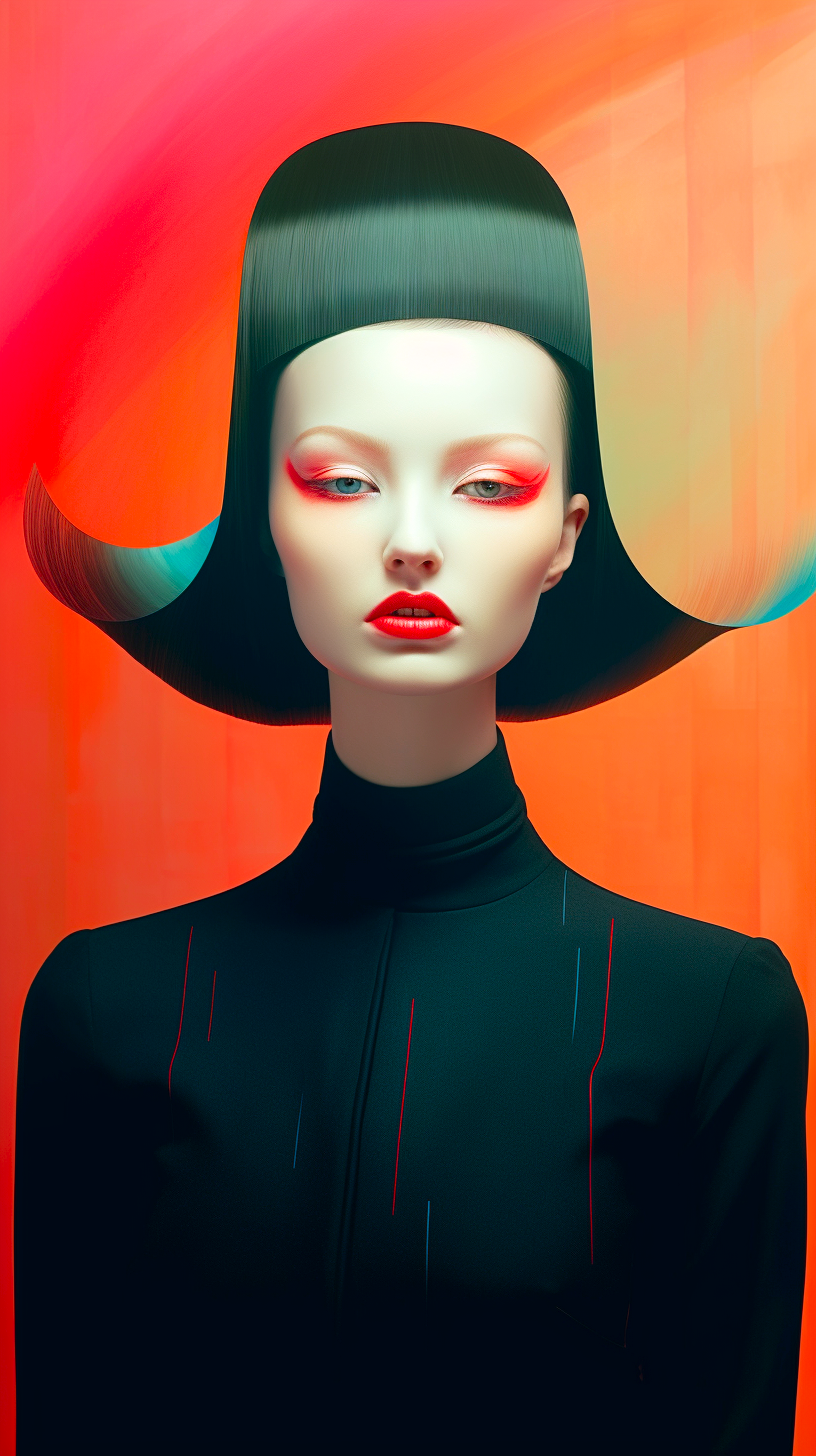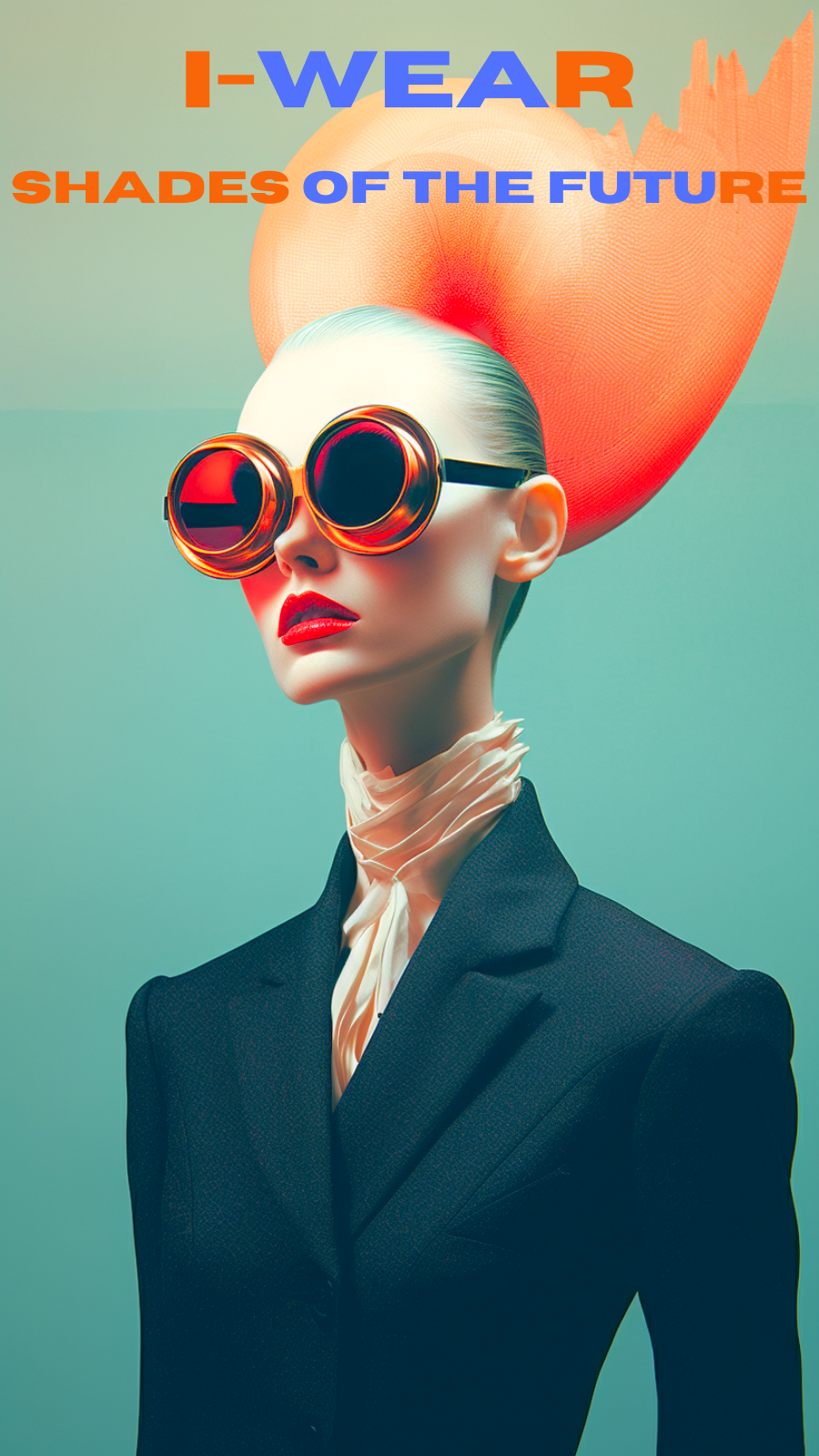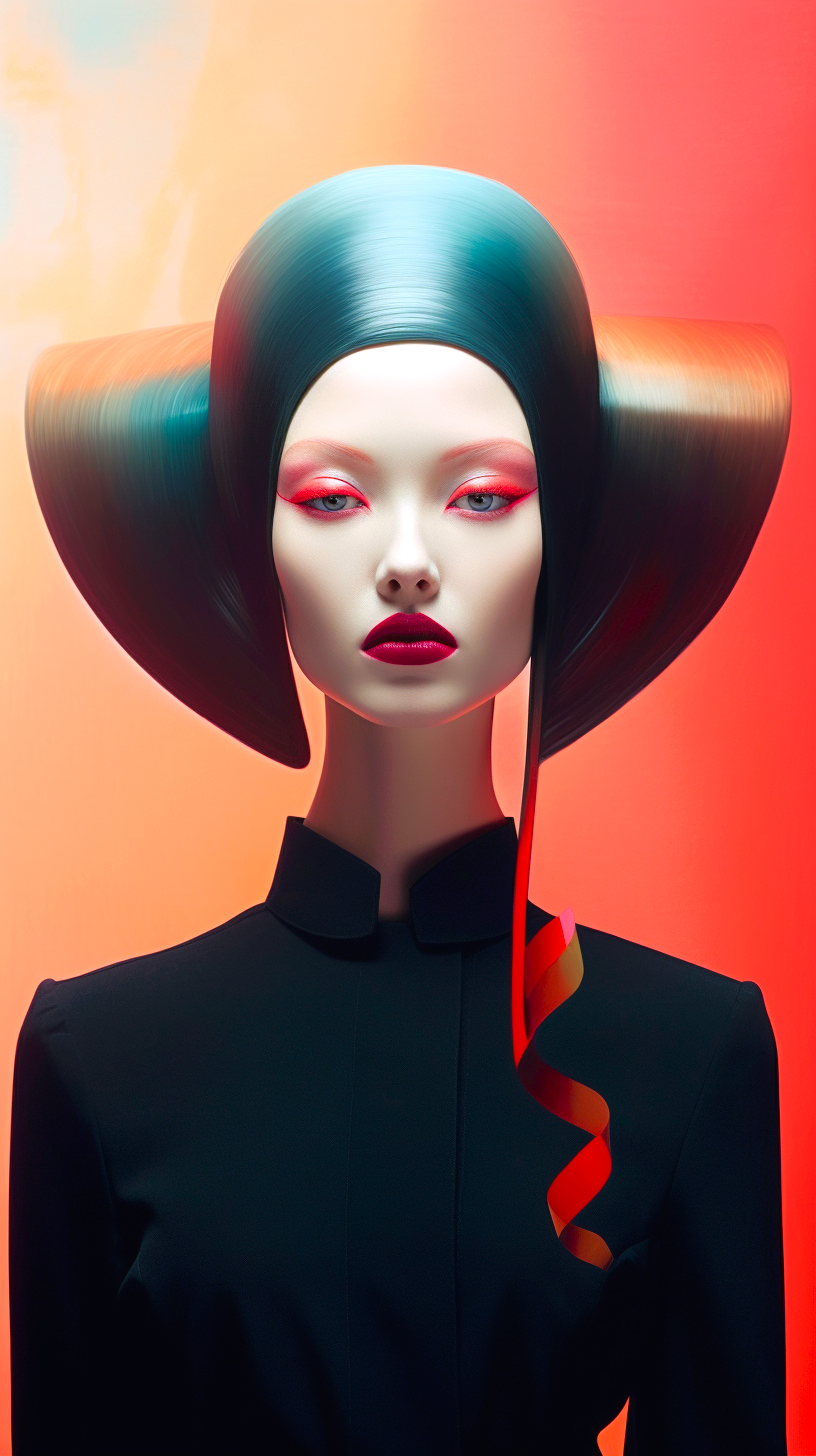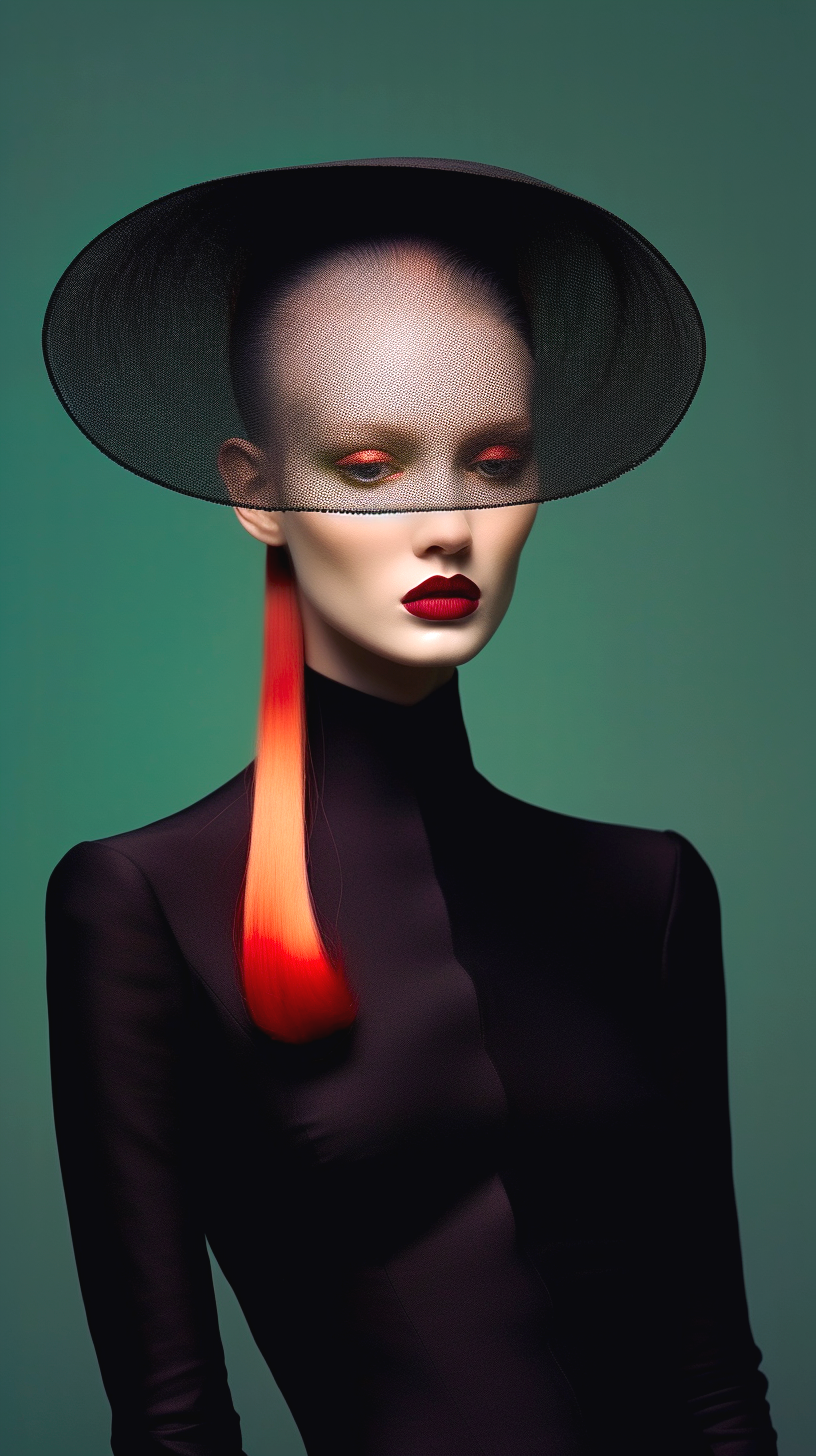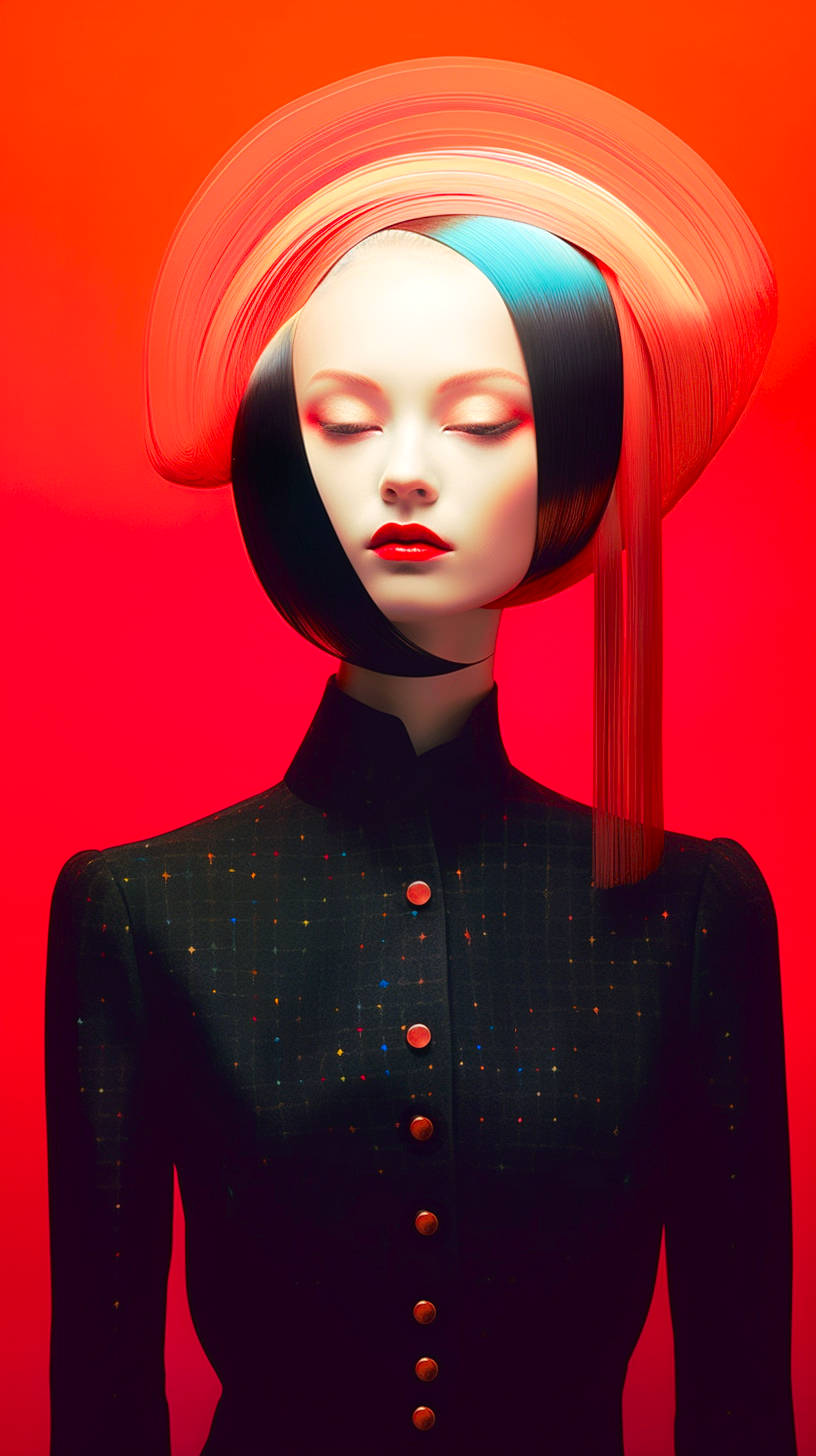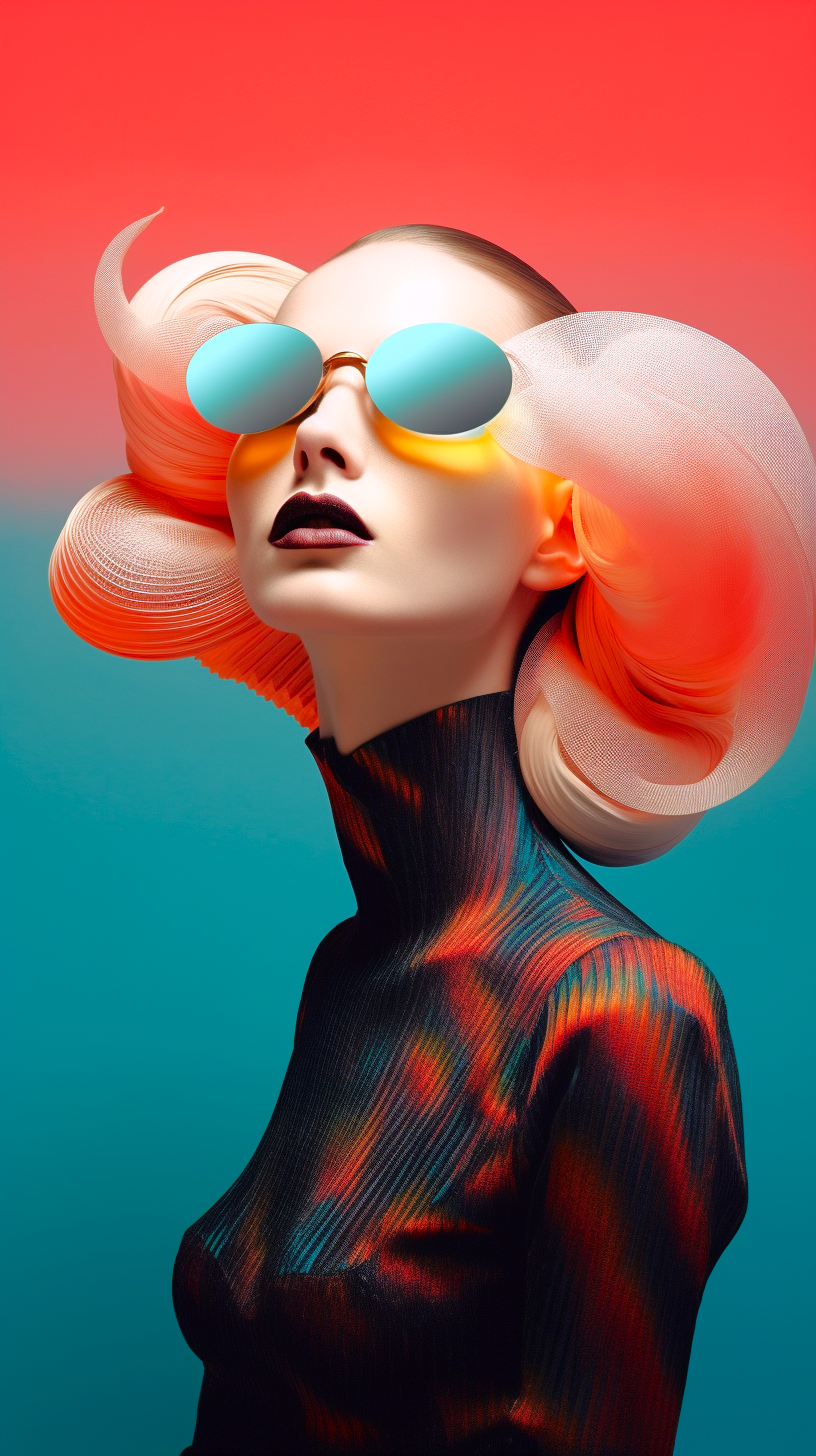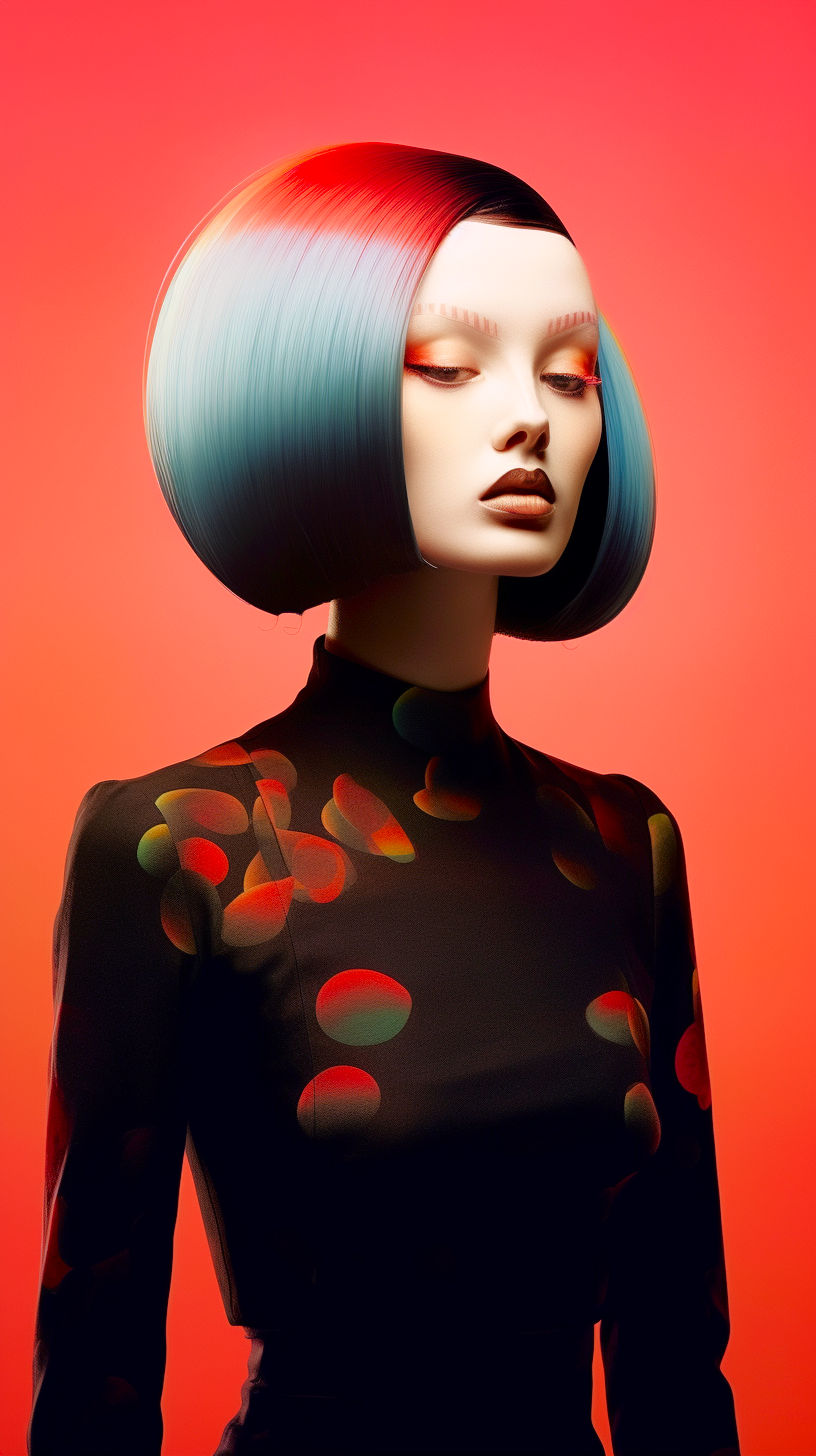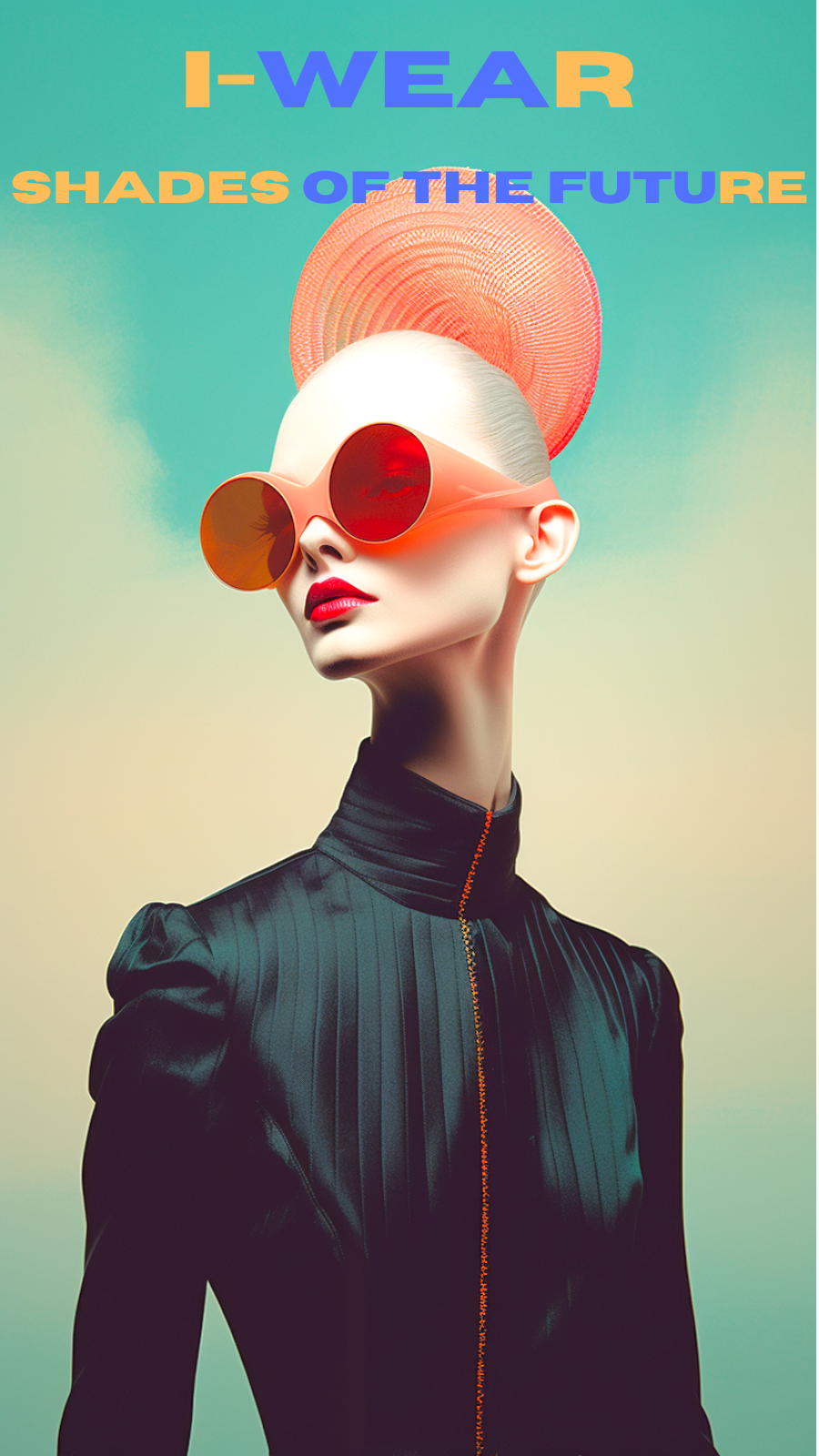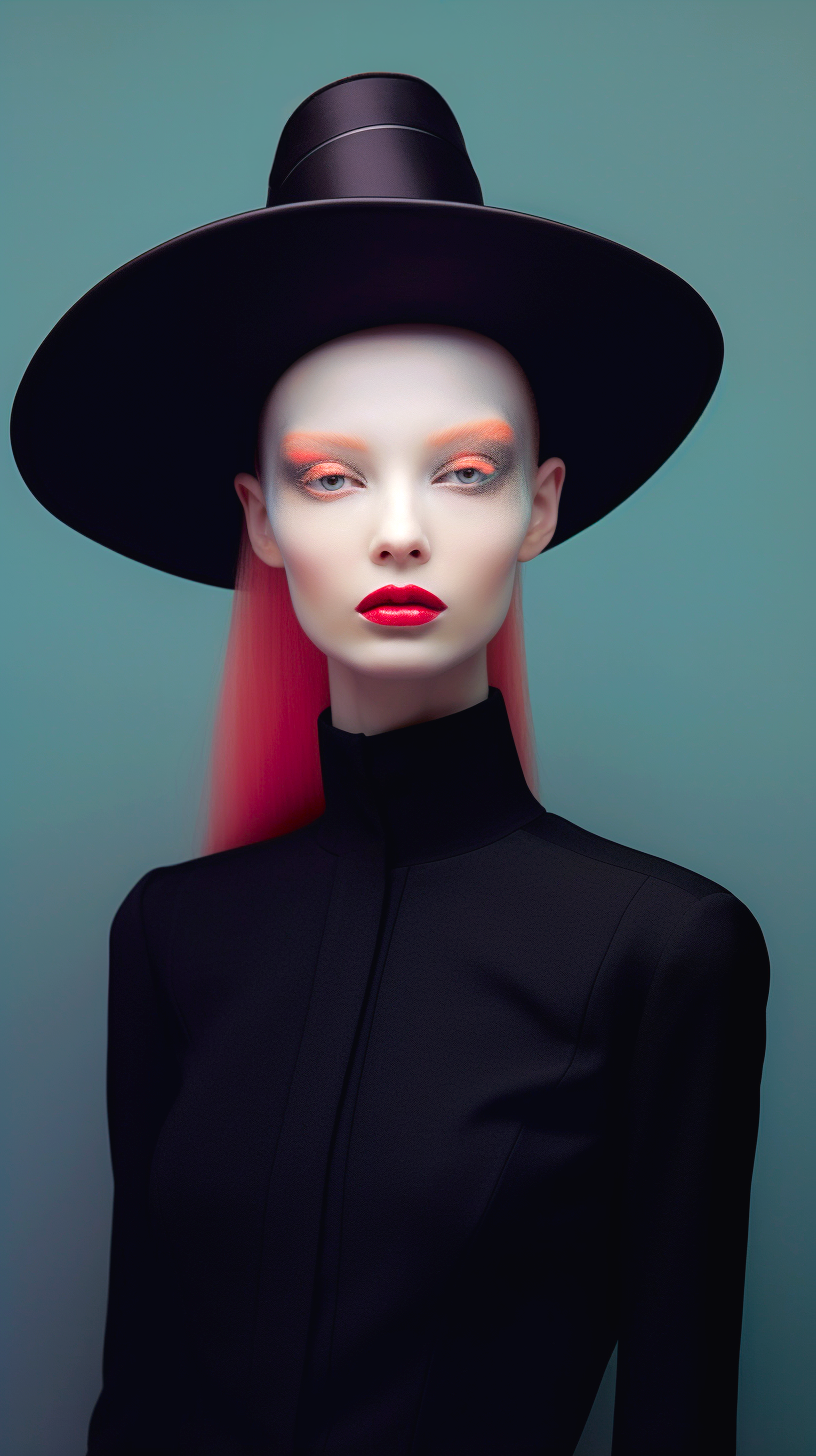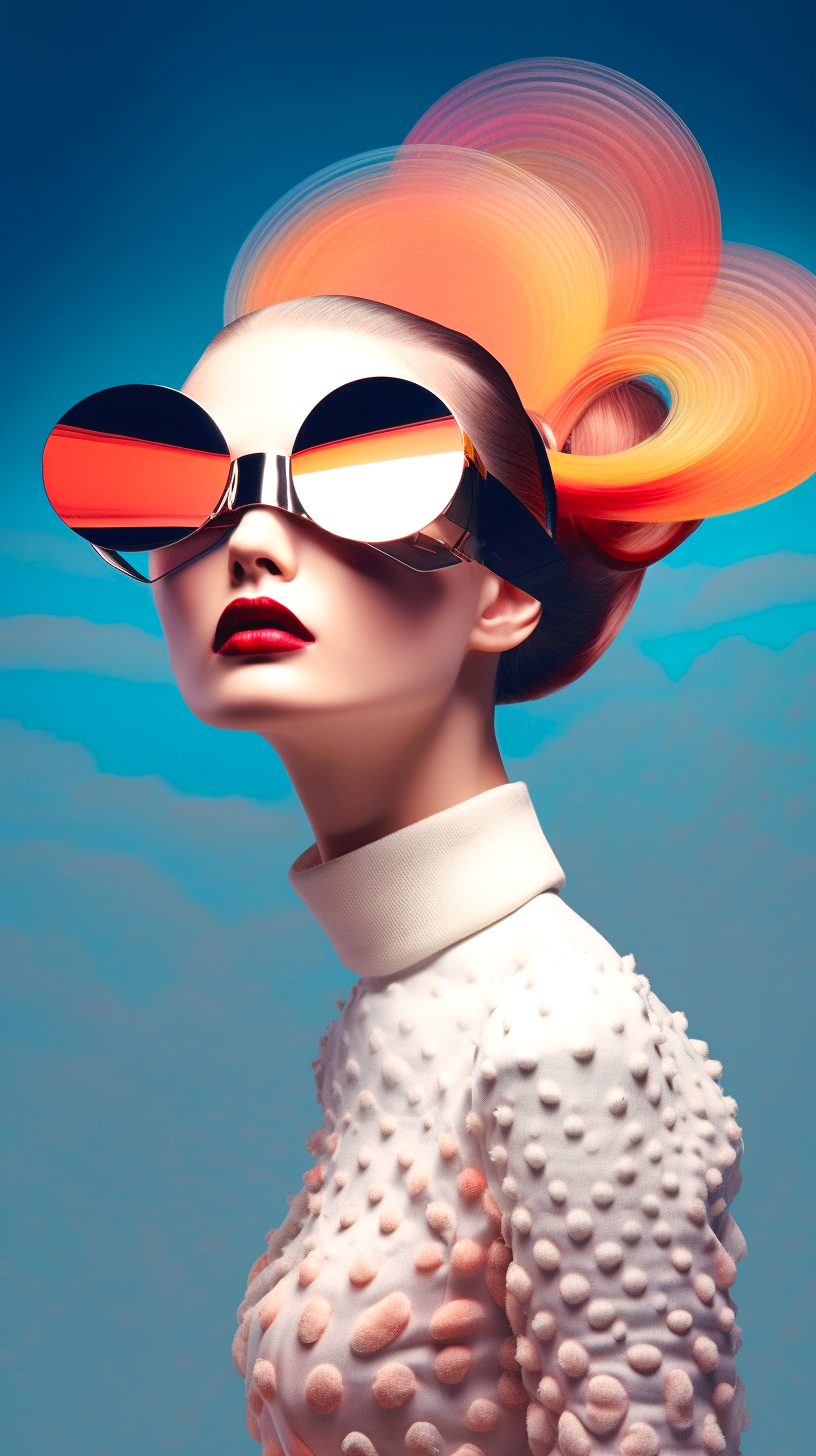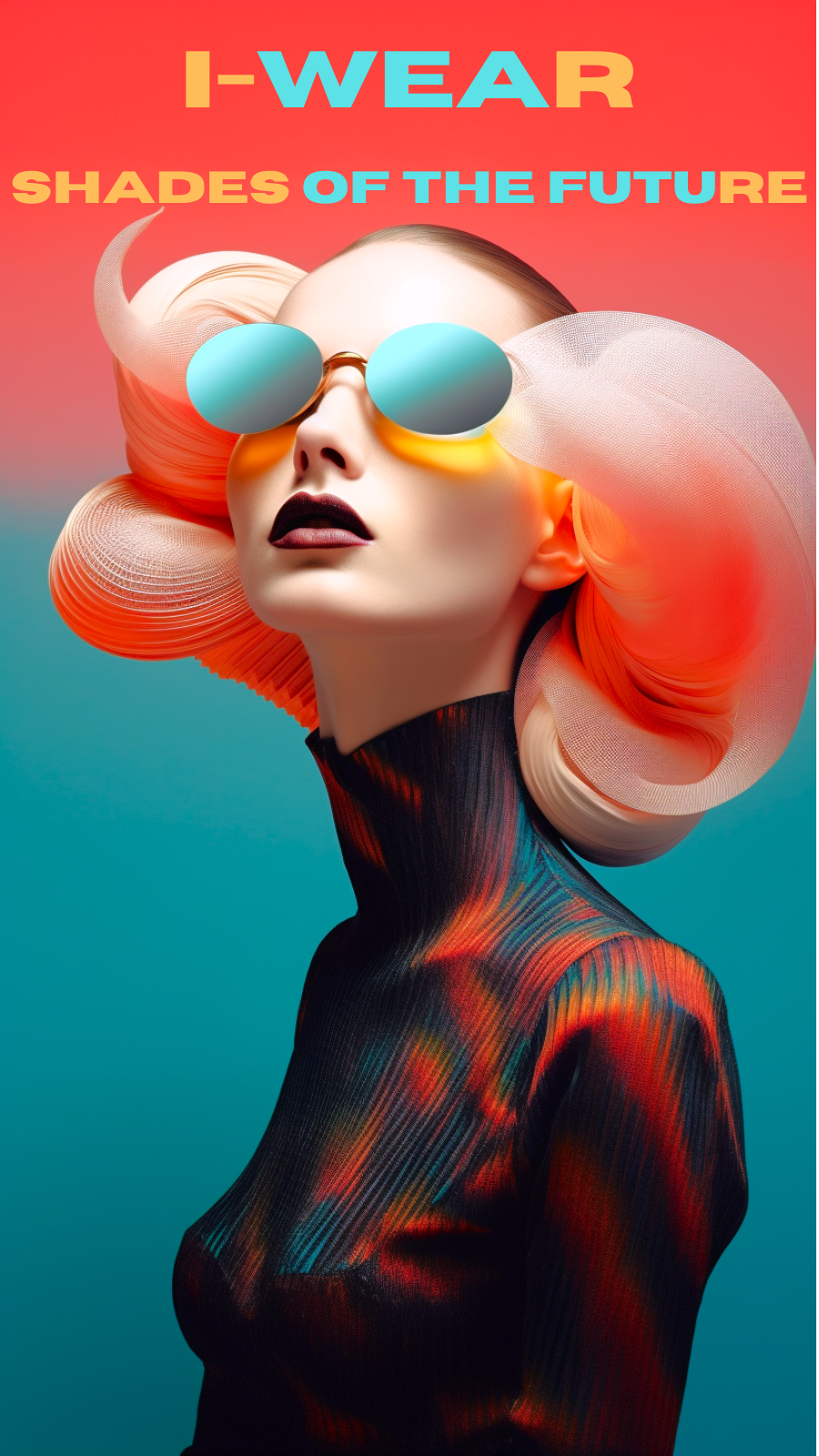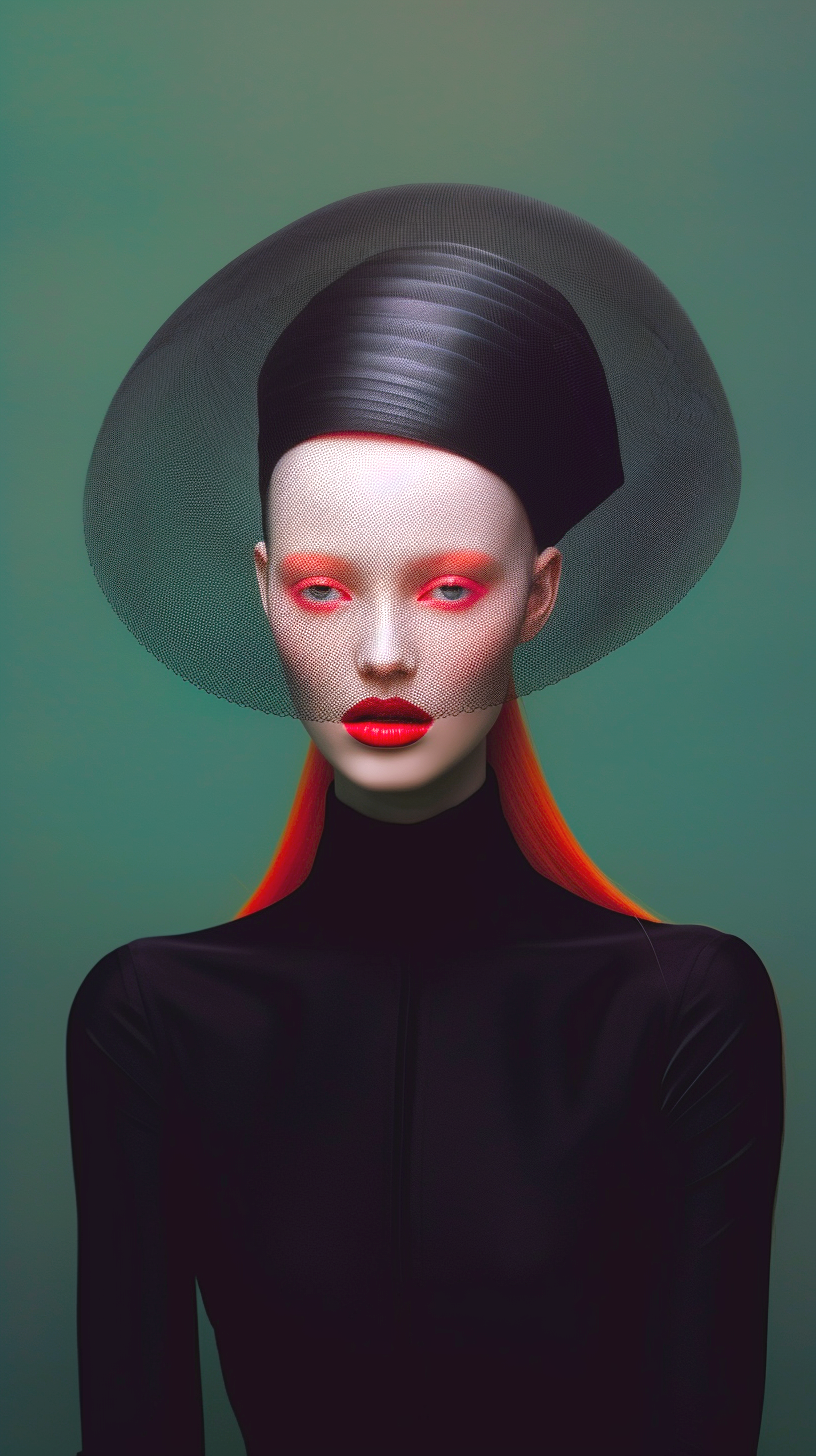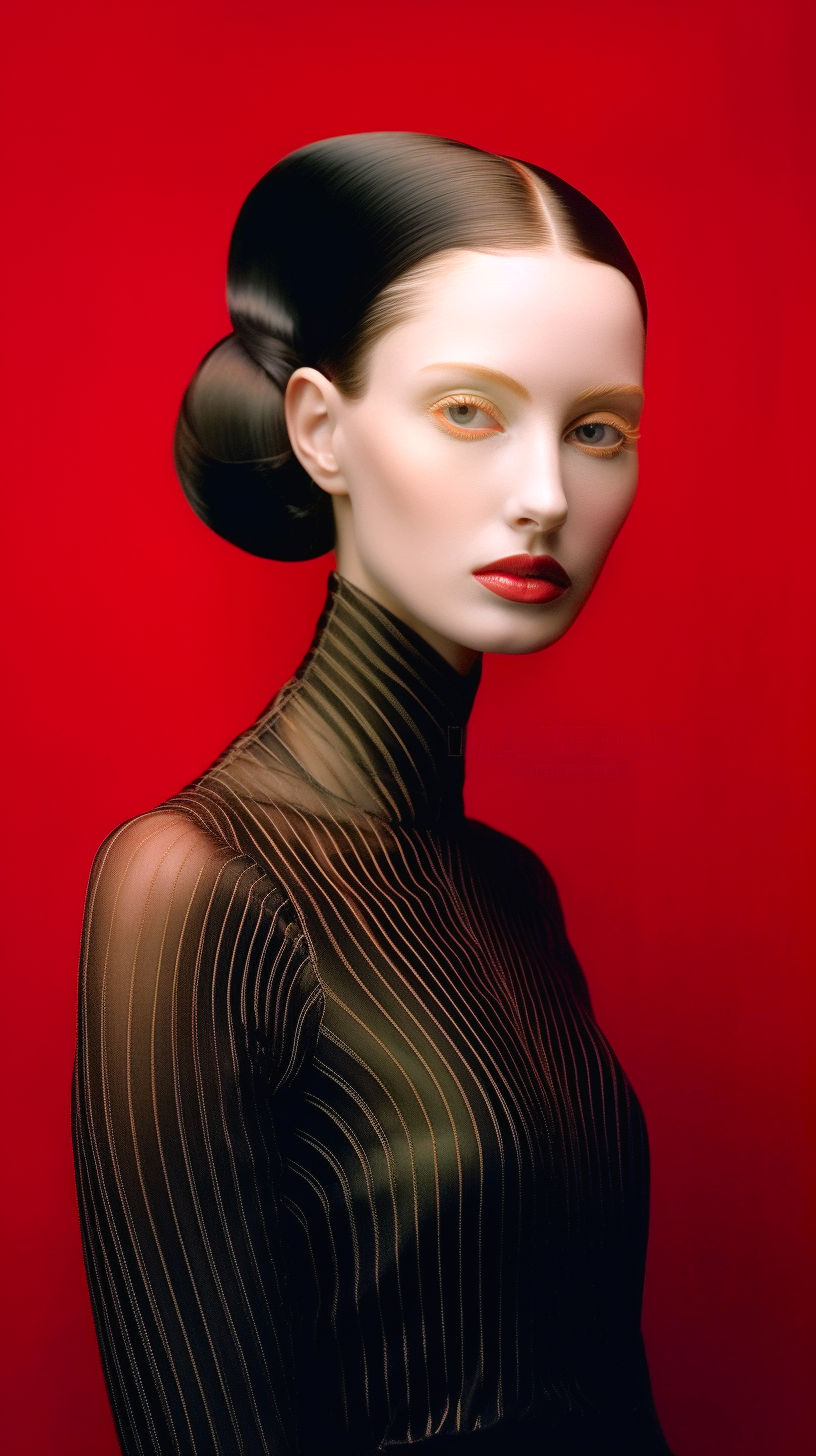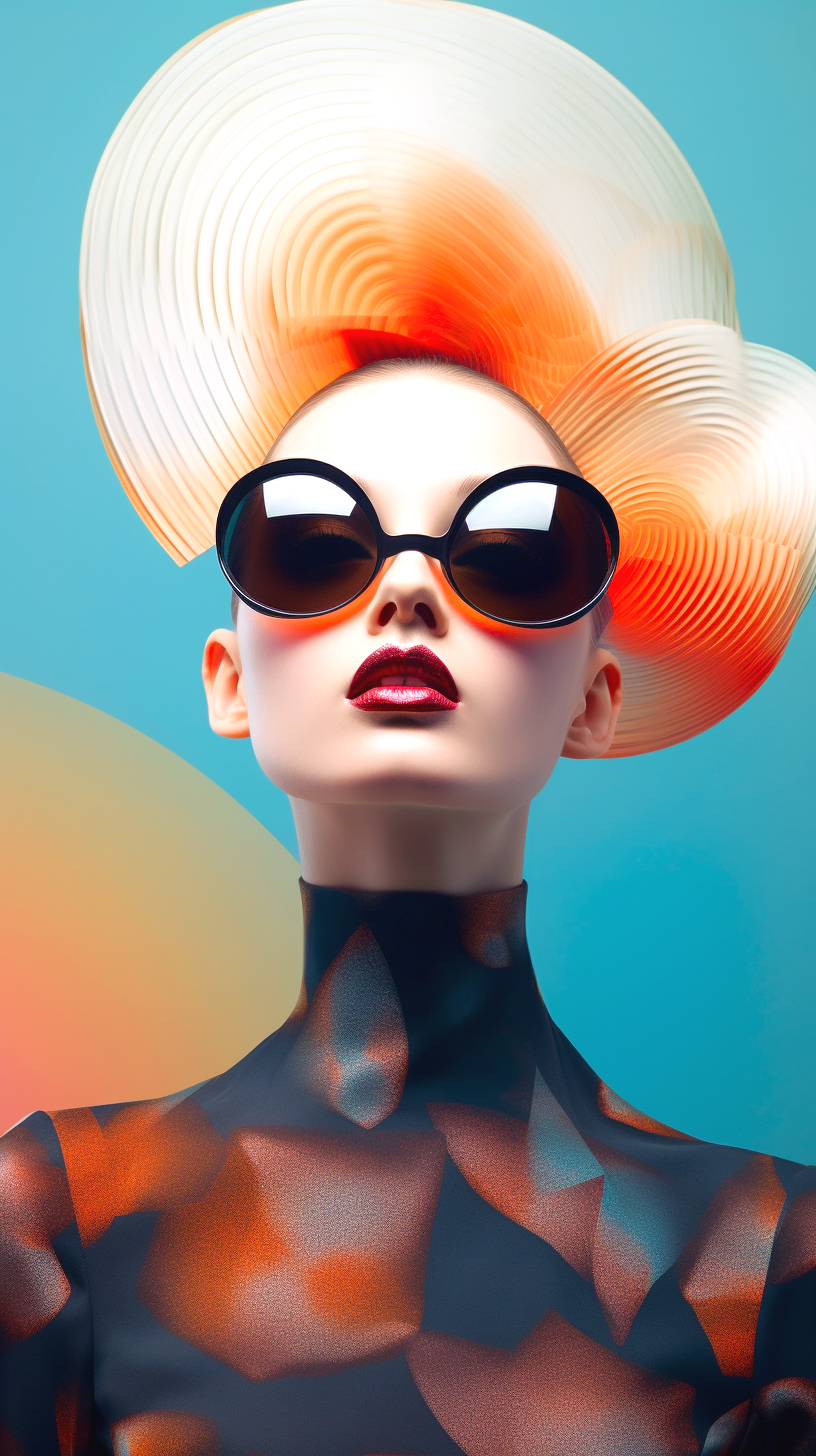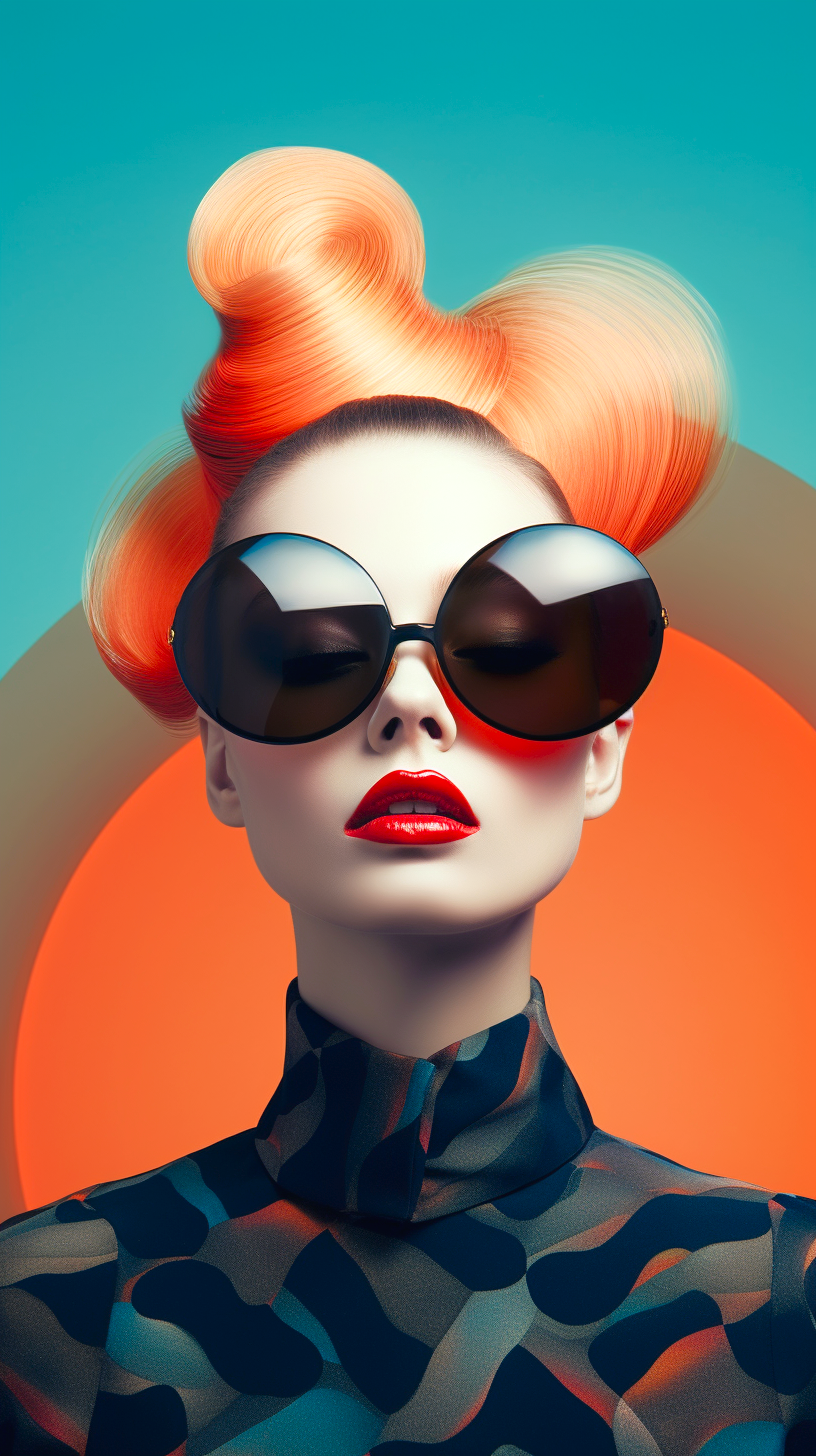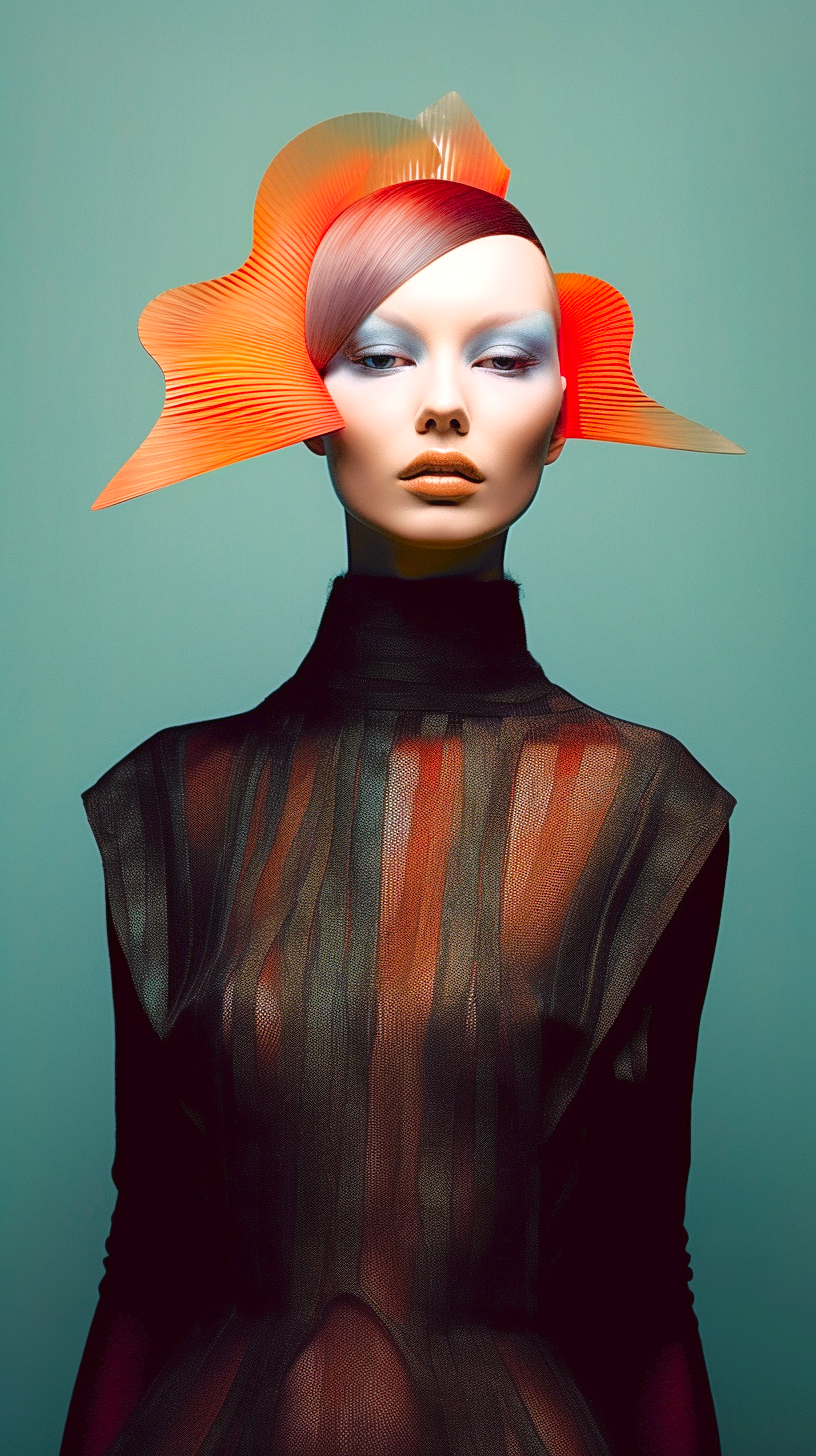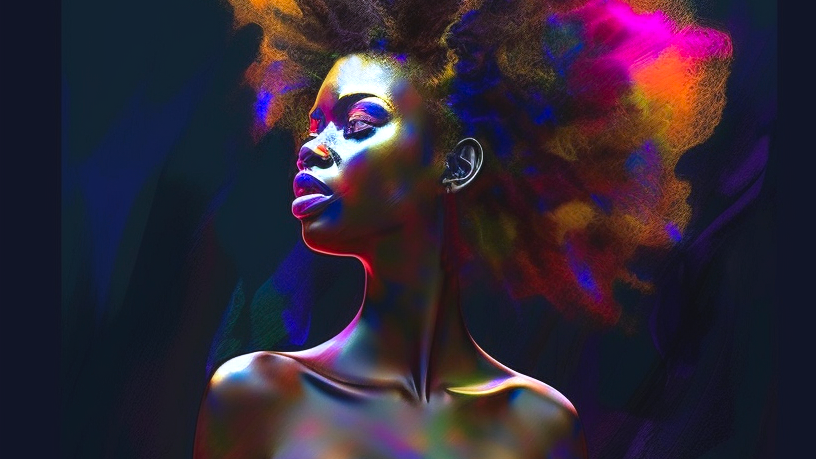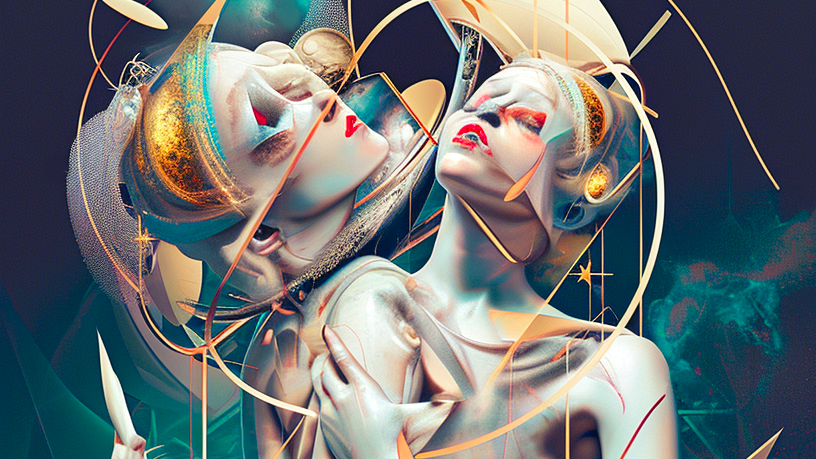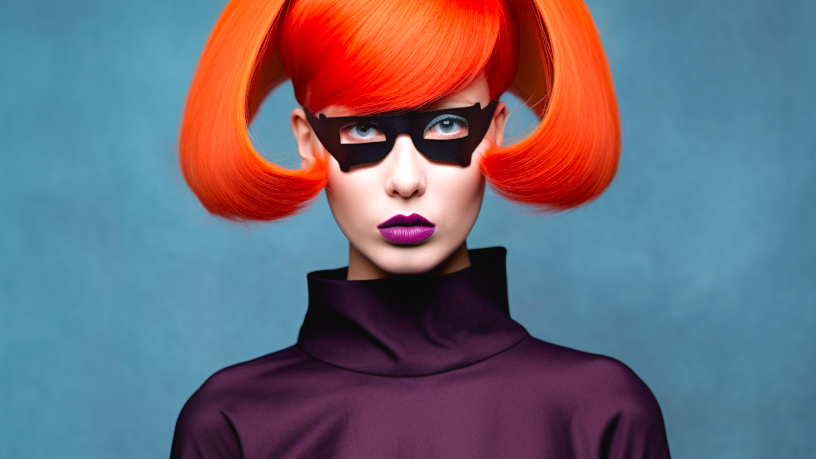Vintage surrealism in art refers to a movement that emerged in the early 20th century, characterized by its exploration of the subconscious mind, dream imagery, and the fantastical. Surrealist artists sought to break free from the constraints of rationality and logic, instead embracing the irrational and the subconscious as sources of creativity and inspiration.
One of the key figures in the development of surrealism was the French poet and critic André Breton, who penned the Surrealist Manifesto in 1924. Breton believed that art should be spontaneous and automatic, allowing the unconscious mind to express itself freely. This approach led to the creation of artworks that often defied traditional notions of reality and coherence.
Vintage surrealism encompassed a wide range of artistic forms, including painting, sculpture, literature, film, and even fashion. Artists such as Salvador Dalí, René Magritte, and Max Ernst became synonymous with the movement, each bringing their own unique style and vision to the surrealistic aesthetic.
Salvador Dalí, known for his melting clocks and bizarre landscapes, infused his work with a sense of dreamlike ambiguity and symbolism. His paintings often feature distorted figures and surreal juxtapositions, inviting viewers to question the nature of reality and perception.
René Magritte, on the other hand, explored the theme of identity and representation in his iconic paintings of ordinary objects placed in unexpected contexts. His use of meticulous detail and precise rendering created an unsettling tension between the familiar and the strange.
Max Ernst experimented with collage and frottage techniques to create otherworldly landscapes populated by enigmatic creatures and symbols. His work often reflects the chaos and uncertainty of the interwar period, with themes of violence, sexuality, and the unconscious mind prevalent throughout.
Vintage surrealism continues to captivate audiences today, its legacy evident in contemporary art movements such as magical realism and pop surrealism. By challenging conventional notions of reality and pushing the boundaries of artistic expression, surrealism remains a powerful force in the world of art, inviting viewers to explore the depths of the human psyche and the mysteries of the unconscious mind.

